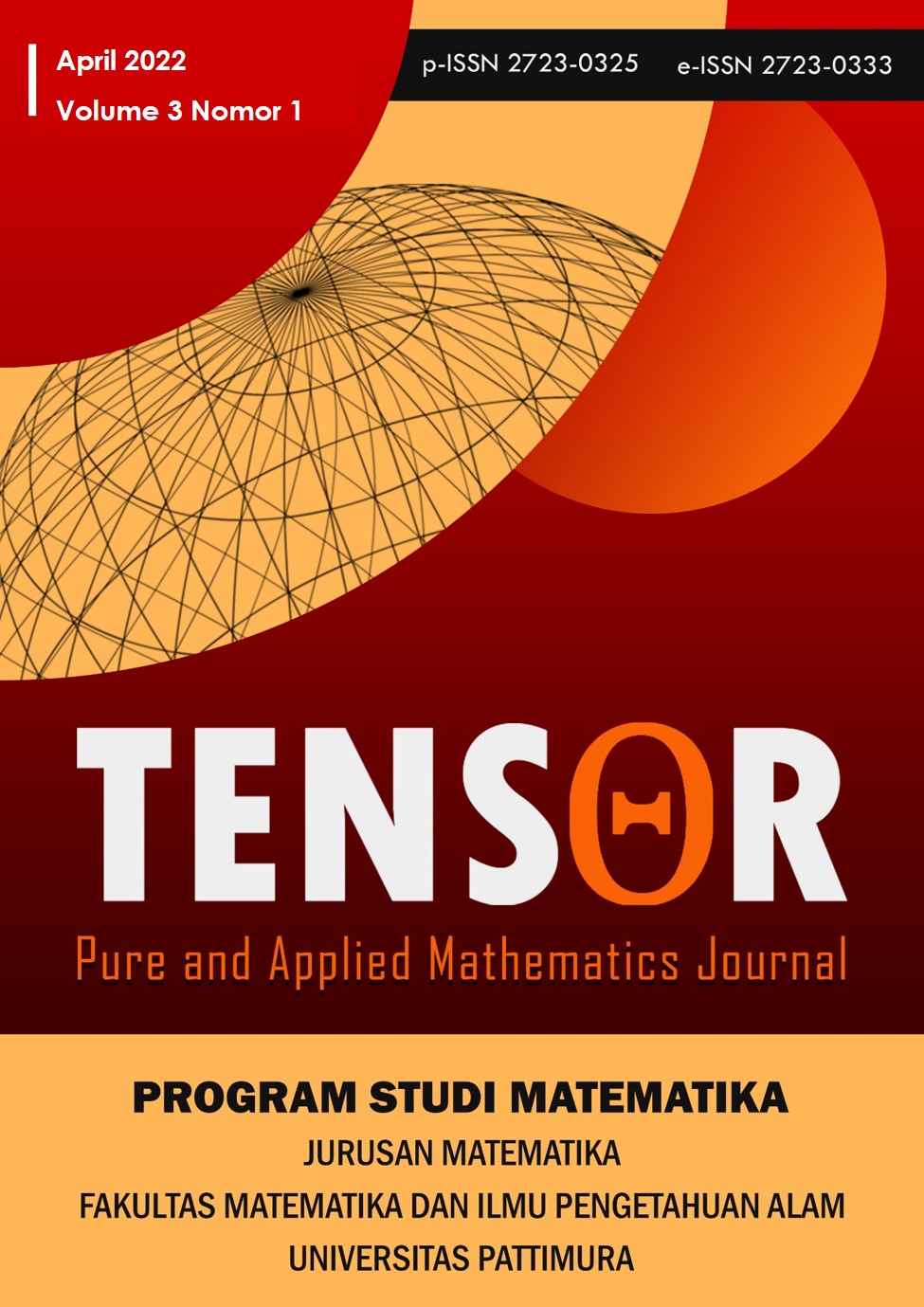Perbandingan Logika Fuzzy Metode Sugeno dan Metode Mamdani Untuk Deteksi Dini Penyakit Stroke
Main Article Content
Abstract
Stroke is a neurological function disorder caused by disruption of blood flow in the brain that arises suddenly and acutely within a few seconds or more precisely within a few hours that lasts more than 24 hours with symptoms or signs according to the affected area. Early detection of stroke usually takes a long time. With advances in technology, stroke can be prevented by detecting the risk early so that it can be treated quickly and increase the chances of recovery. The discussion of this research is about early detection of stroke risk by comparing using fuzzy logic Sugeno method and Mamdani method and using patient data at Dr. Hospital. H. Isaac Umarella. By using input variables in the form of: blood pressure, age, LDL, and blood sugar levels. Based on the results obtained from the calculation of Error with Mean Absolute Percentage Error (MAPE), the level of truth of the calculation of the Sugeno method is 87%, while the truth level of the Mamdani method is 85% so that it can be said that both methods get good results but Sugeno's fuzzy logic is superior with a value of small MAPE. In conclusion, fuzzy logic with the Sugeno method can be used in early detection of stroke risk.

